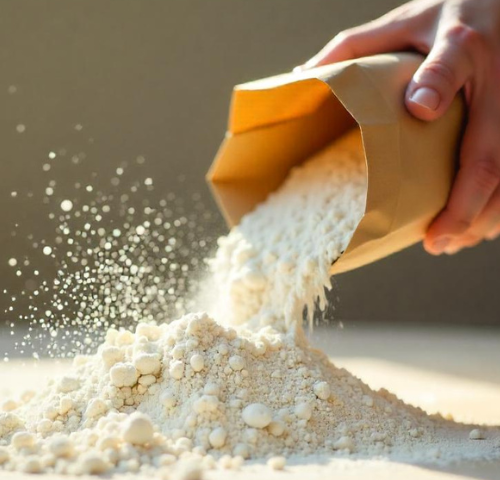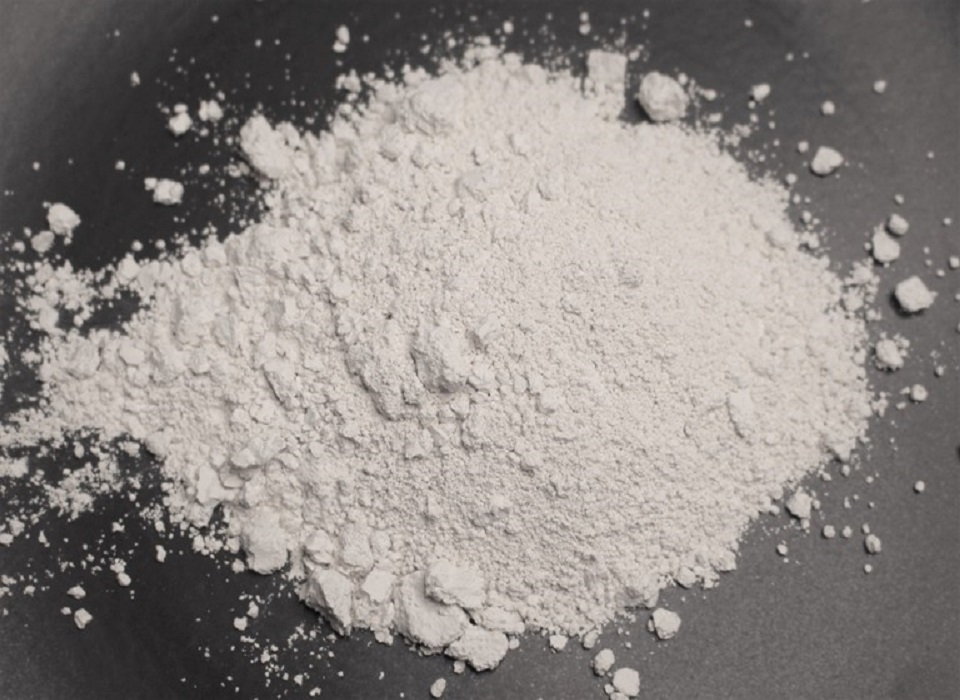6 Common Myths About Diatomaceous Earth Food Grade

9 Facts You Didn’t Know About Diatomaceous Earth
September 4, 2024
How does diatomaceous earth function, and what is it?
September 16, 2024As its popularity continues to rise for its health-enhancing properties, misconceptions and rumors have started to surface, causing some to question its effectiveness and potential downsides. Amid these concerns, one of the leading companies in the industry, Seema Minerals, provides trustworthy Diatomaceous earth food grade products that meet your needs.
Myth 1: If consumed, it could be hazardous.
The most common myth is that eating diatomaceous food grade is dangerous. The reality is, however, just the opposite of what happens. Food grade diatomaceous Earth evolved from fossilized bits of diatoms, a type of algae. It is safe for both human and animal consumption. Because it is believed to be able to detox the body and aid digestion, some individuals even take it as a regular supplement. It should be taken in the recommended amounts by healthcare providers, similar to any other supplement.
Myth 2: It is only used for pest control.
Diatomaceous Earth is indeed a great natural pest control agent, and it is frequently used in gardens and farms, but that is not all it is used for. Food grade diatomaceous earth has been used as an inexpensive abrasive in toothpaste, cleaning goods, and cosmetics. It is more than just a horticultural product because of its fine, powdery texture, which finds uses in various facets of life.
Myth 3: It is harmful to the lungs
There is also an error in the belief that the consumption of food grade diatomaceous earth increases the risk of breathing issues. While handling food grade diatomaceous earth, risks are low. It is important to remember that any powder can be consumed and cause irritation to the lungs. It is industrial-grade diatomaceous earth, which is more dangerous to the lungs and has higher levels of crystalline silica. However, it is recommended to utilize the powder with a face mask or in areas with sufficient airflow rather than inhaling it.
Myth 4: It is Unhealthy and Has No Nutritional Value
Some have speculated that food grade diatomaceous earth has no nutritional benefit and is not beneficial for the body. Silica is a mineral found in diatomaceous food grade that the body needs for strong bones, flexible skin, and good hair. In addition, it has more minerals that the body needs, like salt, calcium, and magnesium. It is also believed that the frequent intake of food grade Diatomaceous Earth contributes to better digestion, detoxification, and even better skin.
Myth 5. All Diatomaceous Earth is the Same
Food grade diatomaceous earth is different from industrial-grade diatomaceous earth in that it is safe for human consumption. The former is safe for human consumption as well as for daily use while the latter is not. Food diatomaceous earth is safe for consumption and contains less than 2% of crystalline silica, while industrial-grade Diatomaceous Earth contains more than 2% of crystalline silica and should not be ingested or inhaled. Seema Minerals makes it a point to produce diatomaceous earth-grade products that are safe for use in different processes and systems and are free from the dangers posed by industrial-grade products.
Myth 6: It Kills All Bugs, Including the Good Ones
However, the food grade Diatomaceous earth is a natural insecticide that does not kill all bugs. It particularly affects insects with external coverings like ants, bed bugs, and fleas by using the oils present in their outer covering to cause their death through dehydration. Some of the beneficial insects, such as bees, are not likely to be affected because they do not directly come into contact with the powder.



